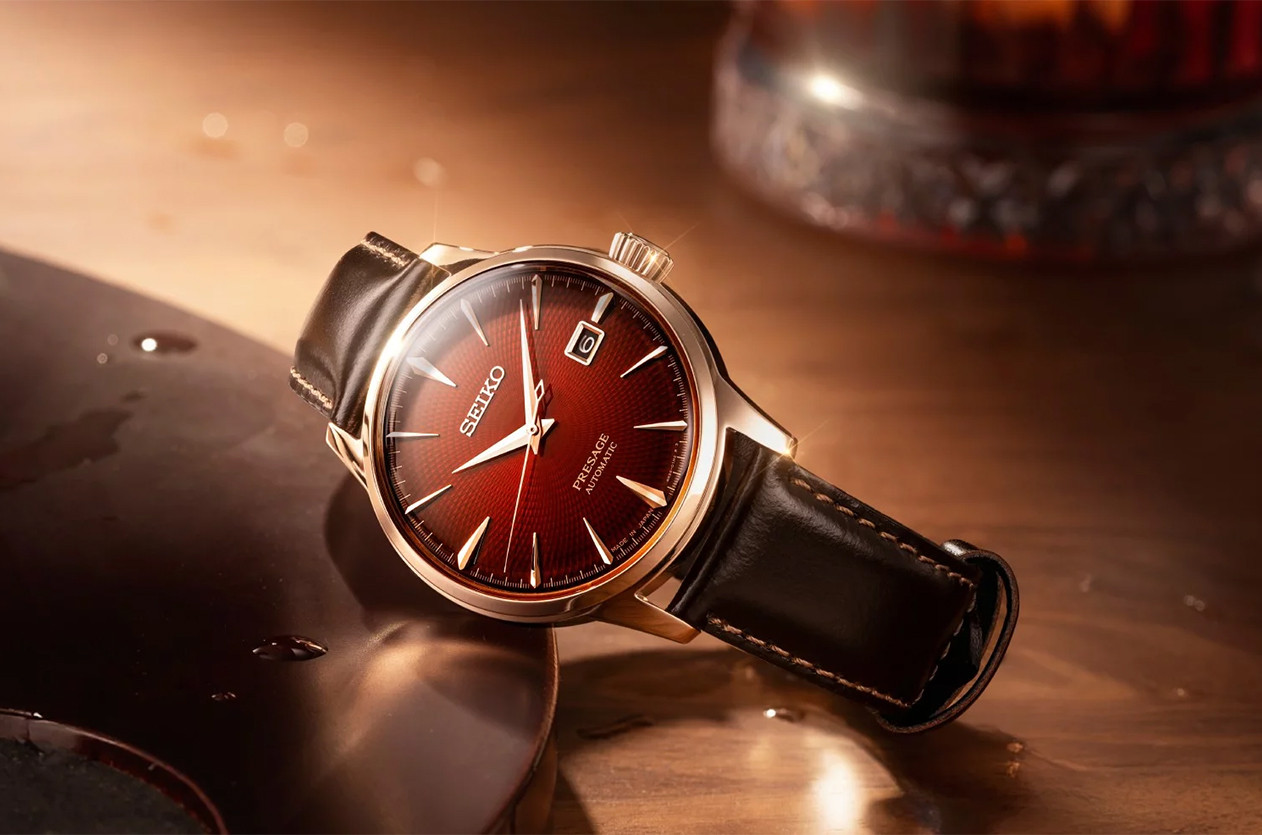
Introducing Seiko Unveils the Presage Cocktail Time SRPL96J “The Conte”
Welcome to the hub of the horoloy
Longitude is the angular distance of a specific location on Earth, measured east or west from the Prime Meridian. The Prime Meridian, located at 0 degrees longitude, serves as a reference point from which longitude lines are measured. Longitude lines extend from 180 degrees west to 180 degrees east, forming a complete circle around the Earth.
Longitude plays a crucial role in determining the location between east and west and is used in conjunction with latitude to create accurate geographic coordinates. Measuring longitude is essential for navigation, timekeeping, and precise location determination on maps and Global Positioning Systems (GPS).
Longitude lines also play a significant role in certain watch features that rely on geographic data, such as world time complications or sunrise/sunset indicators.

News Dubai Watch Week 2025 Will Be the Largest Ever with 90 Brands Participating
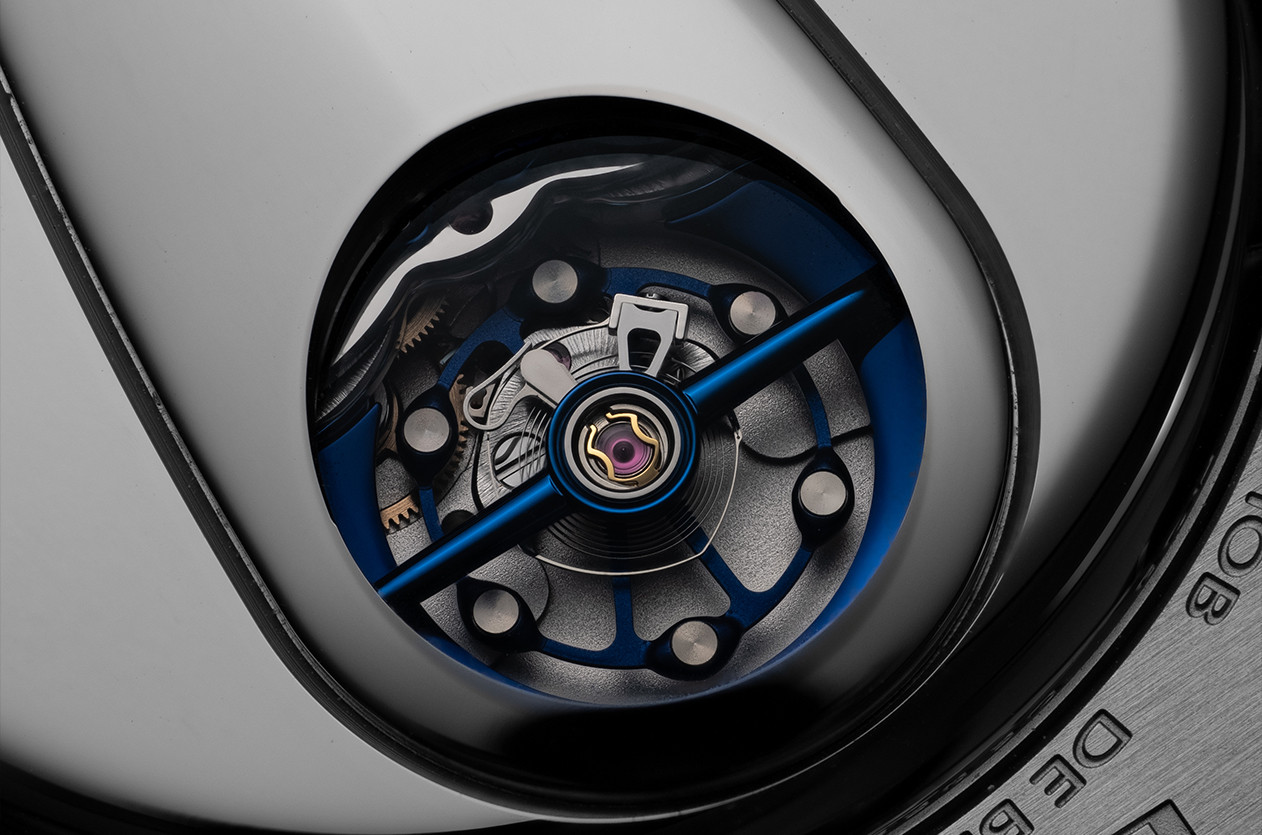
Technical The Frequency, Why It Matters in Mechanical Watches

Editorial The Secrets of Watch Case Design
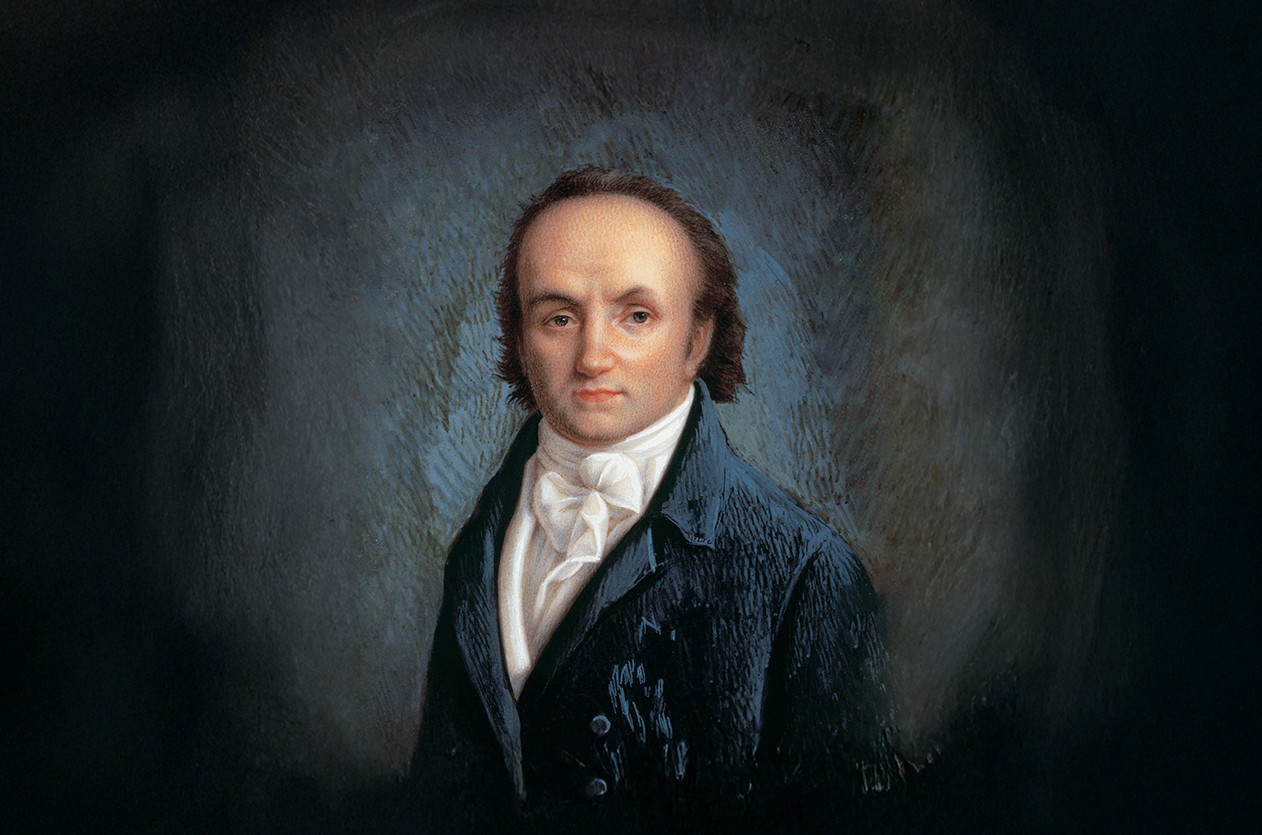
Editorial Abraham-Louis Breguet, The Father of Modern Horology
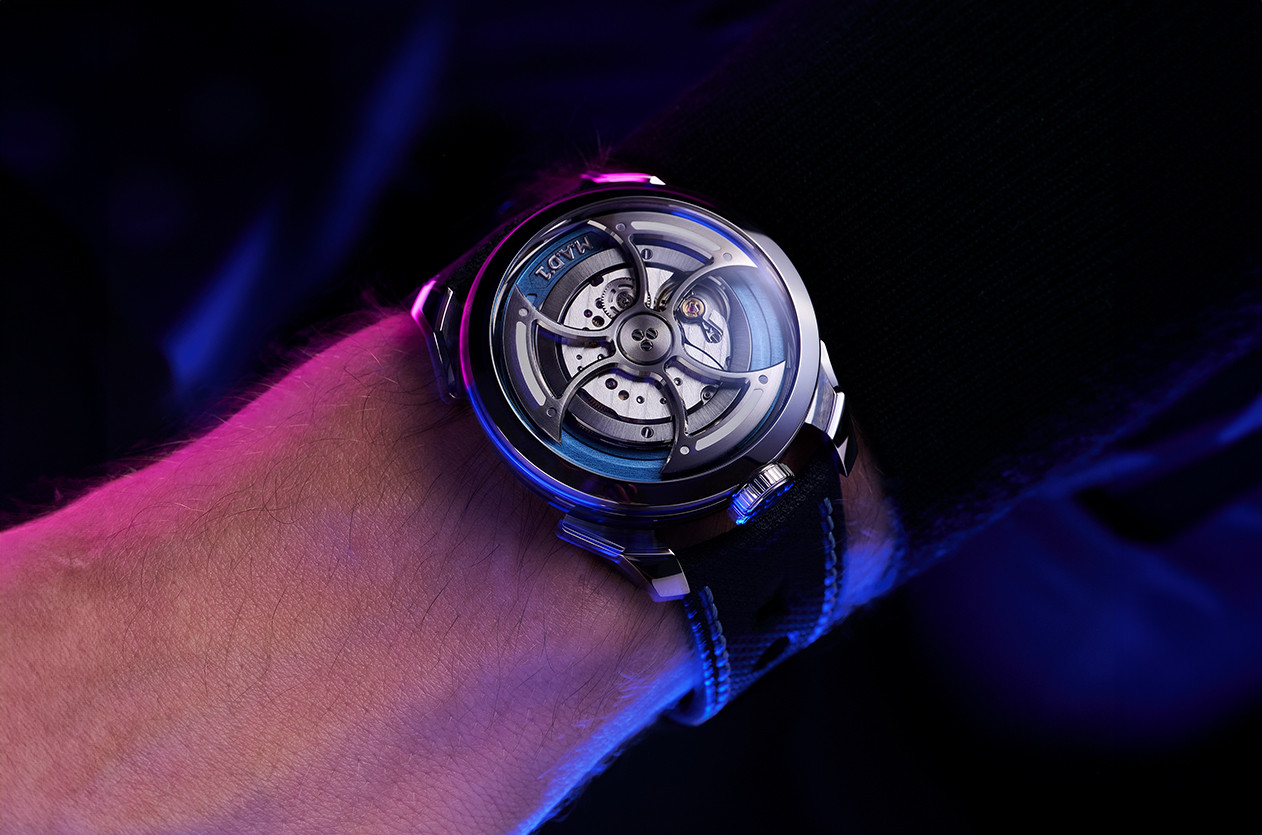
Introducing MB&F Unveils the New Generation of Its Famous Collection the M.A.D.1S
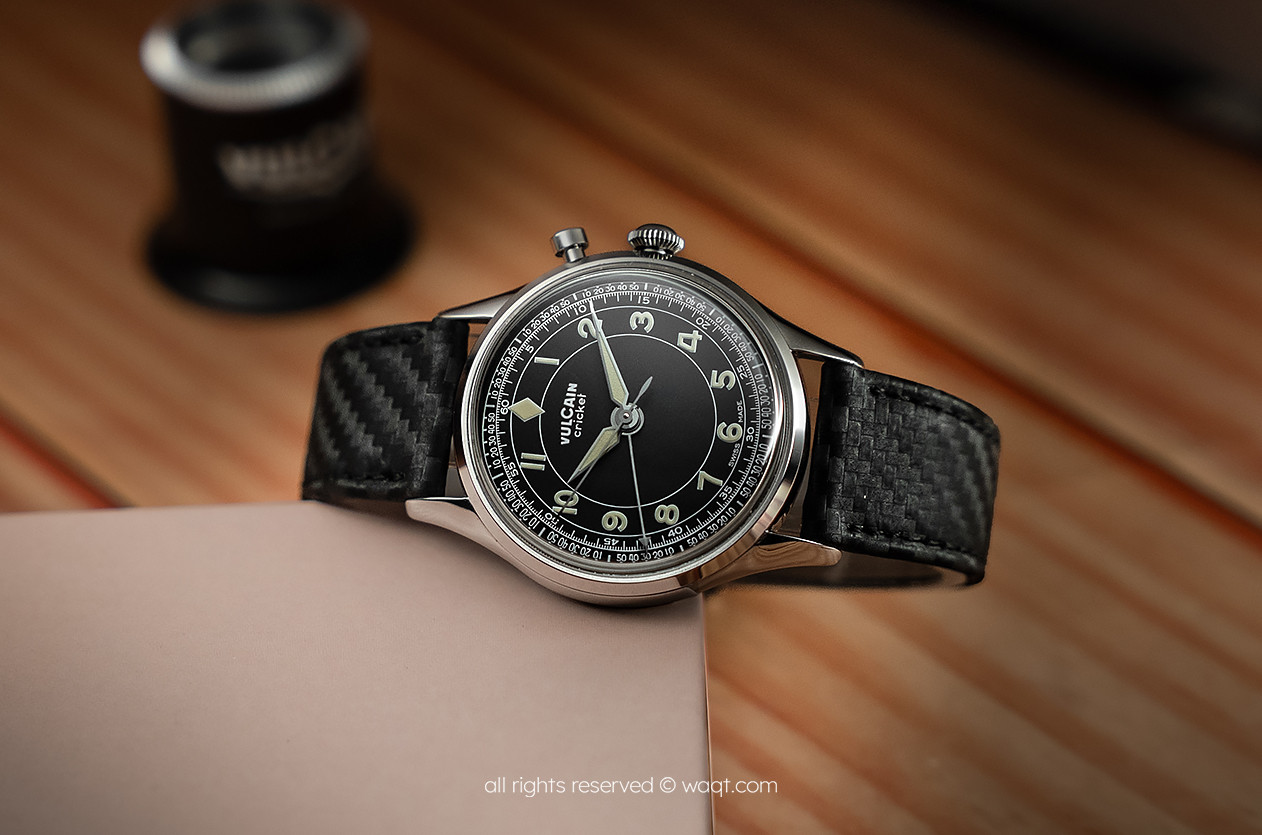
Hands on Vulcain Cricket Classic 39mm Black & Khaki